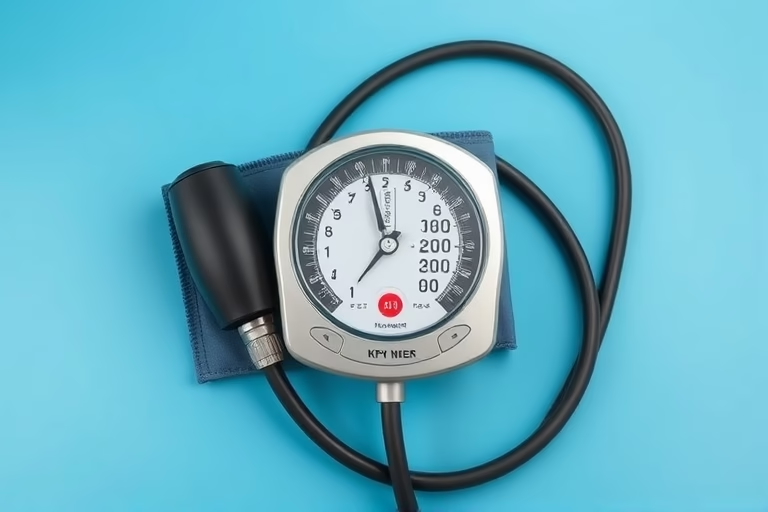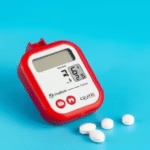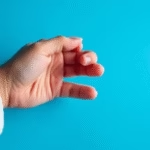We will be talking about **how to calibrate a home blood pressure machine**. Calibrating your blood pressure monitor is essential for accurate health tracking. Blood pressure readings can significantly influence the diagnosis and management of various health conditions, including hypertension. When a blood pressure machine is properly calibrated, it ensures that the readings it provides are as close to reality as possible. This process involves adjusting the device to match the standards of a reference device, which is typically performed by professionals in a clinical setting. However, homeowners can learn how to check and adjust their devices periodically to ensure accuracy. In this guide, we will go through the steps necessary for calibration, the importance of accuracy in readings, and tips to maintain your blood pressure monitor.
Understanding Blood Pressure Machines
Blood pressure machines measure the force of blood against artery walls. They come in two main types: **manual** and **automatic**. Manual machines require a stethoscope and are often used in clinics, while automatic machines make measuring blood pressure easy and can be used at home. Despite their differences, both types necessitate proper calibration to ensure correct readings. Calibration compensates for any deviations in measurement that might occur over time due to wear and tear or environmental factors.
Why Calibration is Important
The significance of calibrating your home blood pressure machine cannot be overstated. Just like a car needs regular tune-ups, your blood pressure device requires maintenance for consistent accuracy. Inaccurate readings can lead to misdiagnosis or improper management of health conditions. Individuals with hypertensive conditions rely heavily on these devices, so it’s vital to ensure they are functioning correctly. Accurate detection of blood pressure changes can aid in timely interventions and ultimately improve health outcomes.
How to Check if Your Blood Pressure Machine is Accurate
Before calibrating, it’s crucial to check if your home monitor is indeed giving accurate readings. You can do this by comparing its readings with those taken from a calibrated device, typically at a doctor’s office. For a more effective comparison, ensure the readings are taken under similar conditions—same time of day, sitting position, and level of stress. Tracking discrepancies can provide a clear picture of any deviations in your machine.
Steps to Calibrate Your Home Blood Pressure Machine
Calibrating your blood pressure machine often requires special tools, but some steps can be done at home. Start by reading the manufacturer’s instructions. Some machines might have a built-in calibration feature, while others may require you to enter specific settings. If adjustments cannot be made manually, it may be necessary to send the device back to the manufacturer or consult with a healthcare professional. Always ensure that you follow the guidelines specific to your device.
When to Calibrate Your Blood Pressure Monitor
It’s generally recommended to calibrate your home blood pressure machine at regular intervals—at least once a year. However, if you notice unusual fluctuations in your readings or if the device has been dropped or mishandled, check it more frequently. Regular calibration not only instills confidence in your estimates but also allows for timely medical intervention if necessary. If you are unsure about the frequency, consult your healthcare provider for personalized recommendations.
Common Errors in Blood Pressure Measurements
There are numerous common pitfalls that can lead to inaccurate blood pressure readings. These include improper cuff size, wrong positioning, and user errors. For instance, if the cuff is too tight or too loose, the readings can be significantly affected. Additionally, an anxious environment can cause a spike in measurements. Learning about these potential disruptions can greatly aid in obtaining reliable readings.
Maintenance Tips for Your Blood Pressure Machine
To ensure the longevity and accuracy of your home blood pressure machine, it is vital to maintain it properly. This includes storing it in a cool, dry place, avoiding sudden impacts, and keeping it clean. Make sure that the cuff is not kinked during use and that the device is functioning smoothly. Regular maintenance can extend the lifespan of your device and ensure consistency in your readings.
Fitting Calibration into Your Routine
Incorporate calibration checks into your routine health assessments. Set reminders on your phone or calendar to perform calibration checks regularly. This will help you consistently monitor your health and ensure your blood pressure readings remain accurate. By creating habits around calibration, you can promote a proactive approach to health management.
When to Contact a Healthcare Professional
If you consistently notice discrepancies in readings that cannot be resolved through calibration, consult with a healthcare professional. They can provide insight and assistance, and if necessary, suggest a replacement of your current device. On occasions when readings are alarmingly high or low, immediate medical attention may be needed. Never hesitate to reach out to your healthcare provider regarding concerns about your blood pressure readings.
Conclusion
Understanding **how to calibrate a home blood pressure machine** is pivotal for anyone who needs to monitor their health consistently. Calibration not only enhances accuracy but also gives peace of mind to users. Regular checks, maintenance, and understanding the mechanics of your blood pressure device can lead to better health management. Users should approach this task with seriousness, taking note of any deviations in readings and seeking professional help when necessary. By following the tips provided in this guide and making calibration a routine part of your healthcare regimen, you can maintain credible and accurate blood pressure readings, ultimately ensuring better health outcomes.
Frequently Asked Questions
- How often should I calibrate my blood pressure machine?
It’s generally recommended to calibrate your monitor at least once a year, or more frequently if you notice inconsistencies in readings. - Can I calibrate my machine myself?
Some home blood pressure machines come with built-in calibration procedures, but others may require professional calibration. Always refer to your manufacturer’s guidelines. - What happens if my machine is not calibrated?
Not calibrating your machine can lead to inaccurate blood pressure readings, which may result in misdiagnosis or mismanagement of health conditions. - Can environmental factors affect blood pressure readings?
Yes, environmental factors, such as stress, temperature, and even posture, can influence your blood pressure readings. - What should I do if I think my readings are inaccurate?
If you suspect your readings are inaccurate, compare them with readings taken from a professional device, and consider recalibrating or consulting a healthcare professional.
Further Reading
What Type of Psychotherapy Is Best for Anxiety?







